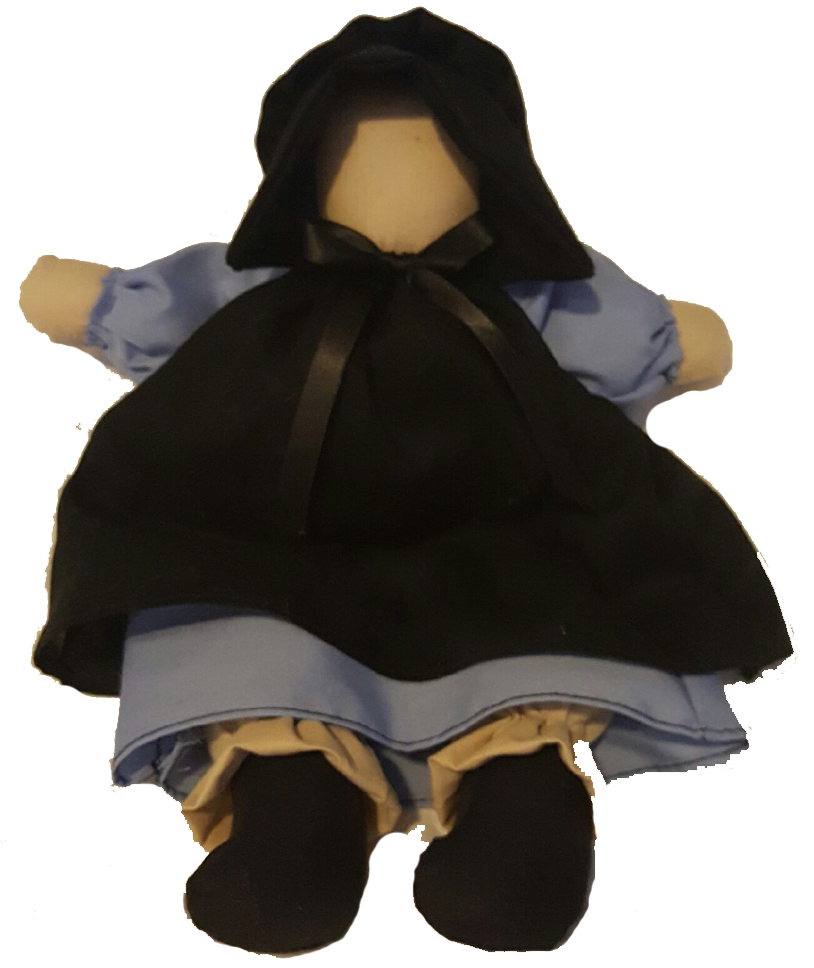Several years ago I happened upon a drive-through cemetery lying in an evergreen forest along the Connecticut River. The grass looked like a freshly vacuumed verdant carpet, perfectly tailored to fit around the base of each soaring tree, not a pine needle out of place. The firs, unmoving and formidable, stood like palace soldiers overlooking and guarding the remnants of the dead.
I no longer believed that depositing human remains in a plot in the ground was a good idea. What was the point in using up precious natural resources for storing bones? Why store bones in the first place? Yet I was still drawn to beautiful, peaceful cemeteries. This one was unusually serene. And pretty. Whoever designed it had made it fit in with the natural landscape, not take away from Earth’s beauty.
I spotted what appeared like a driveway around a particularly stately tree—like the half-circle drives in front of mansions with Bentleys and Porsches. The irresistible lure of the surrounding solitude pulled me in. I parked the car and turned off the engine.
Kicking off my shoes first, I exited the car and walked barefoot across the grass to the perfect spot. There. Right there. I settled in and looked around. Not a living human materialized, not a breeze stirred, not a bird or insect emerged to reveal itself. Just me and the trees where the sun shone through the canopies and warmed up the clearing below.
The grass felt good and I noticed the flash of orange polish on my toes popping against the greenery. Lost in thought, I reviewed my life. Why am I here? What made me stop? Why do some humans bury their dead and others not? What’s the point? All the money that gets dumped into funeral expenses. What a waste.
Then it hit me. Graveyards are the photos of my past, the pictures of ancestors unseen. They’re the only tangible link I have to my Amish progenitors. We weren’t allowed to have cameras or have our pictures taken. I wanted to see photos of my aunts and uncles and grandparents. Of my past, my history, and my future. But there was no evidence of where I came from except the faceless genealogy books and oral accounts. Graveyards served as the pictures. Graveyards became the proof that my ancestors had actually existed.
As a child, I felt a loss—deprived—because I couldn’t know what my grandparents looked like when they were young. Nor what I looked like when I was a baby. I felt undocumented, an unacknowledged citizen of a country foreign to me.
Now I understand why I took so many photos of myself and of mundane events during my travels in the first ten years of post-escape life. I wanted a visual record of myself. I wanted proof that I existed. That, yes indeed, I had visited those places, done those things. That they weren’t just made-up stories or facts or details lost within the generations that passed down oral history.
I wanted my heirs and descendants to have a permanent fixed identity, not one that fell between the cracks of time. Here are the pictures of my trip to India, I’d say and walk them through my volumes of photo albums. Here is me on an elephant ride going up to a palace that was featured in the James Bond movie Octopussy. Here are the open-air courtyard-style huts with no interior doors, windows, and floors on the side of the mountain up the road to Dharamsala. Here is the poor Hindu woman who couldn’t speak English but offered me, an uninvited stranger who knocked on her door, a piece of bread when she didn’t have enough food for herself and her children.
Here are the pictures of me on my first international trip, on the train in Germany. Here are the castles and countrysides I passed through and the moment that I felt a sense of déjà vu: I’d been there before, long ago. I hadn’t yet learned about rebirth, reincarnation, time travel, and parallel lives, so I didn’t understand the feeling.
Here is what I did in the Persian Gulf, in the Caribbean, in Asia. Yes, this actually happened. This is the hotel I stayed at. This is the Arab who told me about Rumi and recited his poetry from memory to me. This is the first sugar cane and guinea pig I ate. This is the ninety-year-old shaman woman who couldn’t speak English who gave me a nasty-tasting concoction and said, “Drink this. It will open your eyes.” These were real stories that I’d tell my nieces and nephews and other descendants when I was old. The photographs were proof of life, my life.
A vehicle pulled up behind my car. An old man and a woman with short gray hair got out. She carried a bouquet of fresh flowers and he held her arm as they trekked across the grass. They stopped in front of a headstone in the center of the grounds. The woman dabbed her eyes with a tissue and the man hugged her.
Flashback to My Amish Childhood

I spotted it after church services were over. Laura was playing with it. The white miniature-sized, plastic English doll with delicate features looked so pretty. I admired its tiny, beautiful brows with open eyes, its dainty nose and lips, and its cute defined hands and feet, the tiny fingers and curly toes. She was exotic, a non-Amish doll dressed in proportionately scaled-down Amish clothes—the first time I saw an English one in our clothes.
I played with a set of white cloth twin Amish dolls. My mother had crafted them from scratch when I was too young to remember. They were about twelve inches tall and outfitted in a matching set of dark brown clothes: a dress and black Amish cap for the girl, and a shirt and black pants for the boy.
The dolls had no faces. No eyes, no nose, no mouth, no fingers, no toes. Featureless shapes denoted the head, hands, and feet.
“Mom, look. I want a doll like that.” I dragged my mother’s attention away from the church women she was visiting with.
My mother pressed her lips together. “No, it’s zu hoch.”
Zu hoch meant “too prideful” or “too arrogant.” Hoch also referred to all non-Amish, non-Anabaptist people: die hoche leht. “The prideful, arrogant people.” Er is hoch gah. “He left the church and joined the English.” It was a sin to be hoch.
“But Laura and Mandy have one. Why can’t I have one, too?”
My mother’s forehead creased and her body stiffened. “Heich mich!” That meant “Obey me and stop questioning or I’ll spank you.”
Laura and Mandy’s parents are so nice to them. Someday I’ll have an English doll like that. “Can I play with your dolle?” I asked Laura.
“Yes.” Laura smiled and gave me a turn.
Later that year, after begging often enough for the little English doll, my father ordered my mother to buy one for me. My mother was upset that my father had taken my side. She threw away the doll’s English clothes but refused to make Amish clothes for her. So, at eight years old, I taught myself how to measure and cut material from scraps that my mother tossed into the wastebasket when she was sewing. I didn’t know how to make separate pieces for the arms and upper and lower parts of the body. So I made a cloak for my precious English doll—a cloak with a hood like Little Red Riding Hood’s—and fastened it shut with a safety pin that I found in my mother’s sewing drawer. I named her Guinevere, like King Arthur’s queen.
On rainy days, I spent many hours in the attic playing with her and telling her the fairy tales that I’d memorized. Whenever I heard a new name that I liked from the books I read, I changed Guinevere’s. All my Amish dolls assumed fluid monikers, too. I never had enough dolls for the long list of enchanting names I liked and made up.
A few years later, my parents moved from Wisconsin to Michigan. My Guinevere caused a scandalous uproar. The community in Michigan was far more modern in terms of material possessions. They allowed indoor bathrooms, phones in the barn, gas-fuelled generators, air-powered tools, and bicycles. But a doll with a face. . . . That was impetuous, too English, too hoch. “Thou shalt not make unto thee any graven image” meant having neither photos of our faces nor faces on our dolls. Even drawing eyes, a nose, and a mouth on the blank white blob, as I had once done, turned the toy into a forbidden idol.
“You can’t take your doll to church anymore,” my mother said. “It’s against the rules.”
“Get rid of the doll,” my father said. He sat at the table eating homemade popcorn after church and barely looked away from the article he was reading.
“Can I keep her and just play with her at home? I won’t tell anyone I have her.”
The stony silent glare on my father’s face warned me not to say anything more.
You were the one who said I could have her and you break the rules all the time, I thought. Why can’t I keep her? My bottom lip stuck out and my shoulders drooped. I hoped my expression would change his mind.
My father slammed his magazine shut, shoved back his chair, and shot his full attention onto me. “Where is that doll? Go get it.”
Why does he want her? I wondered as I brought her down the stairs from my room.
“Give it to me.” He yanked Guinevere out of my hands and stomped to the kitchen. Then he threw her in a trash bag and burned her behind the barn.
Summary
Faceless dolls and inscriptionless tombs, I contemplated on the grass. The English belonged in the world and mourned their dead. We Amish didn’t. “We must remain separated from the devil’s playground,” my mother said and the preachers preached. “We’re not part of this world. Our home is in heaven, if we’re good enough when we die. If not, we go to hell.”

